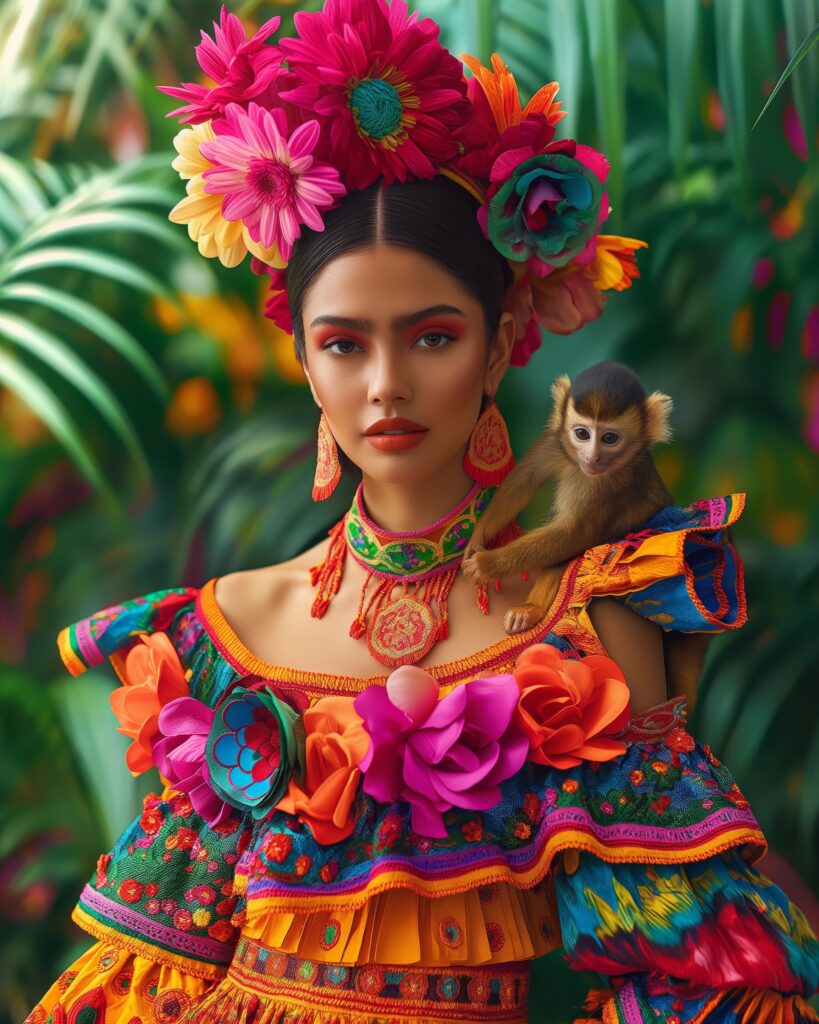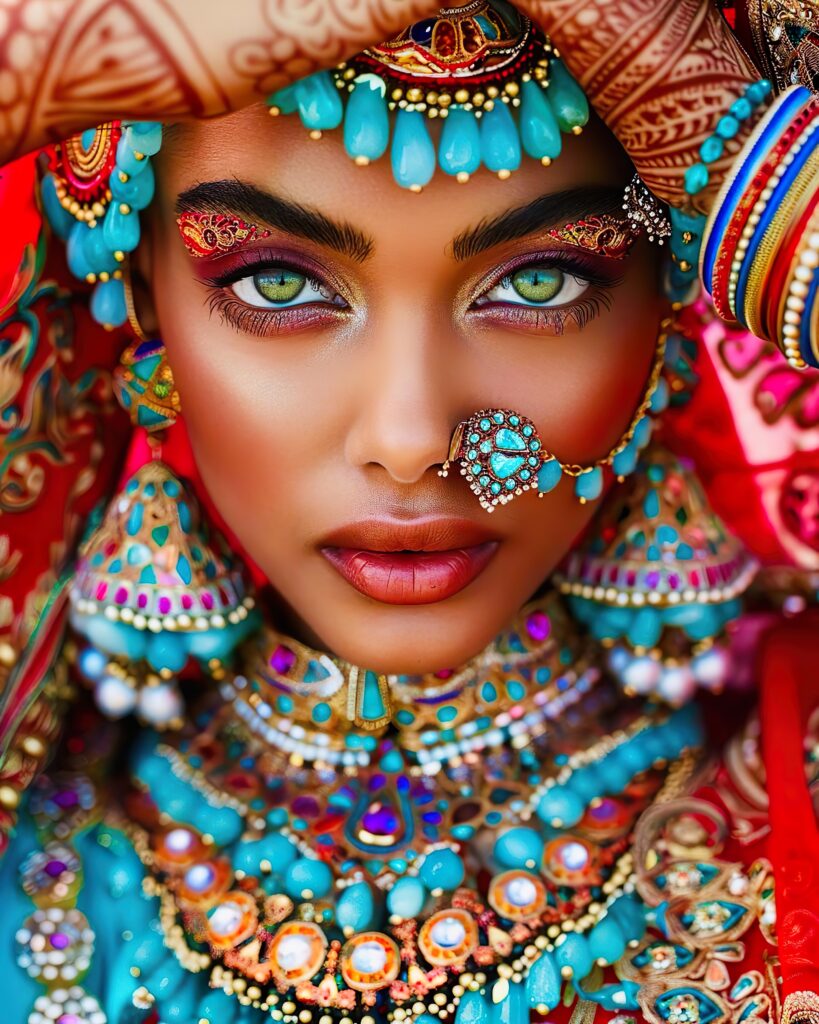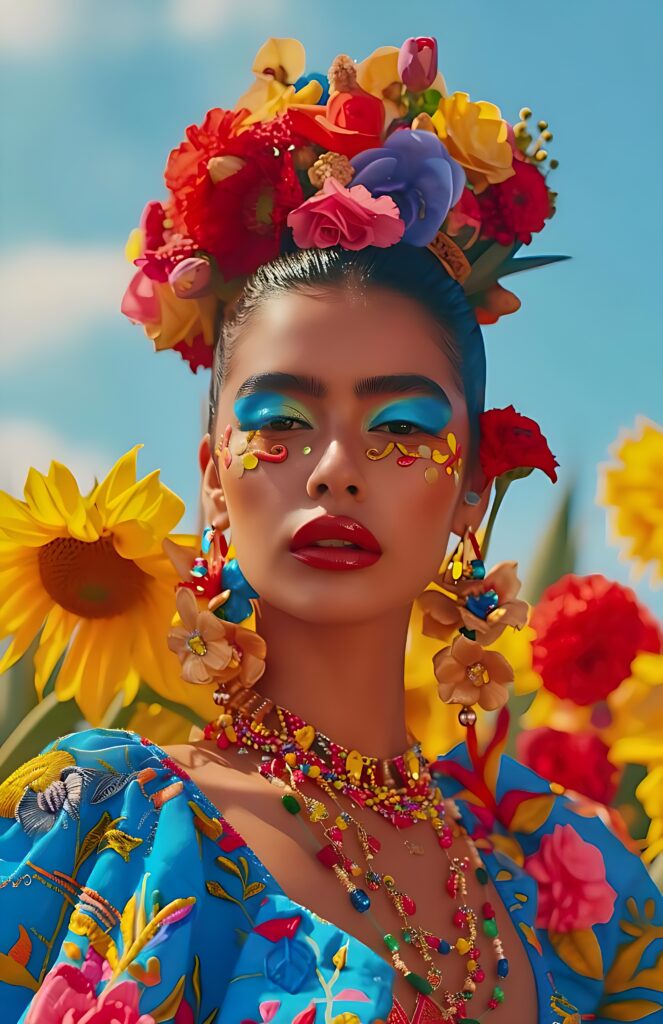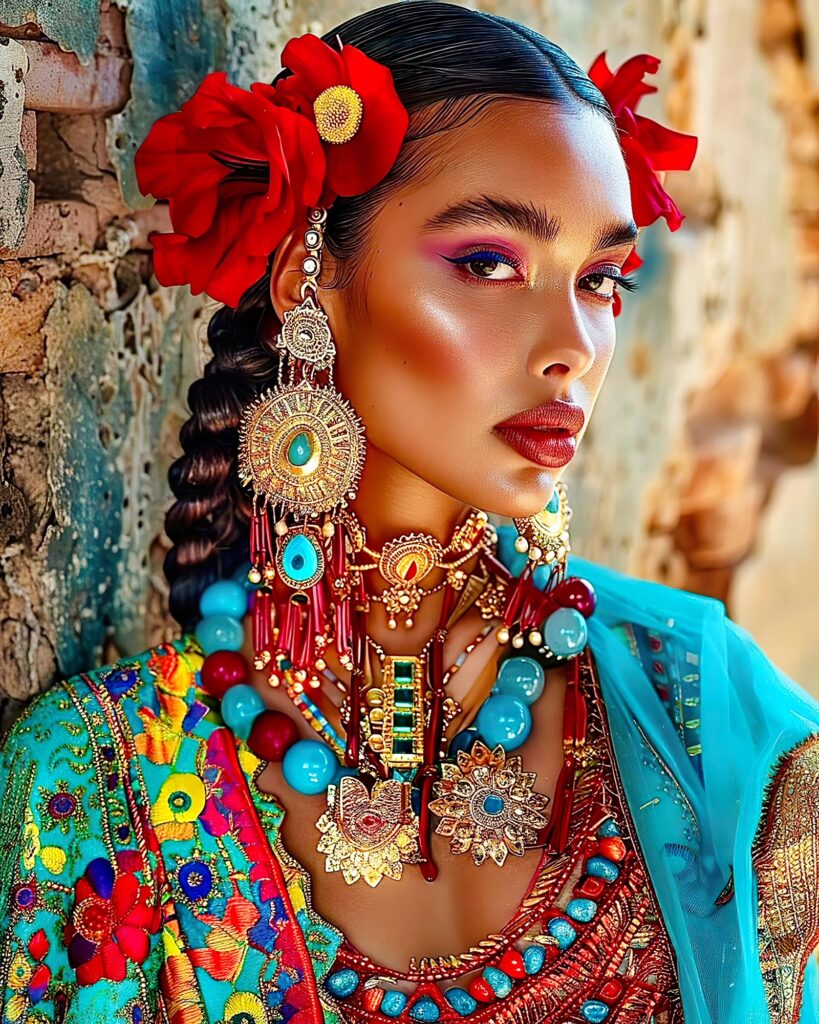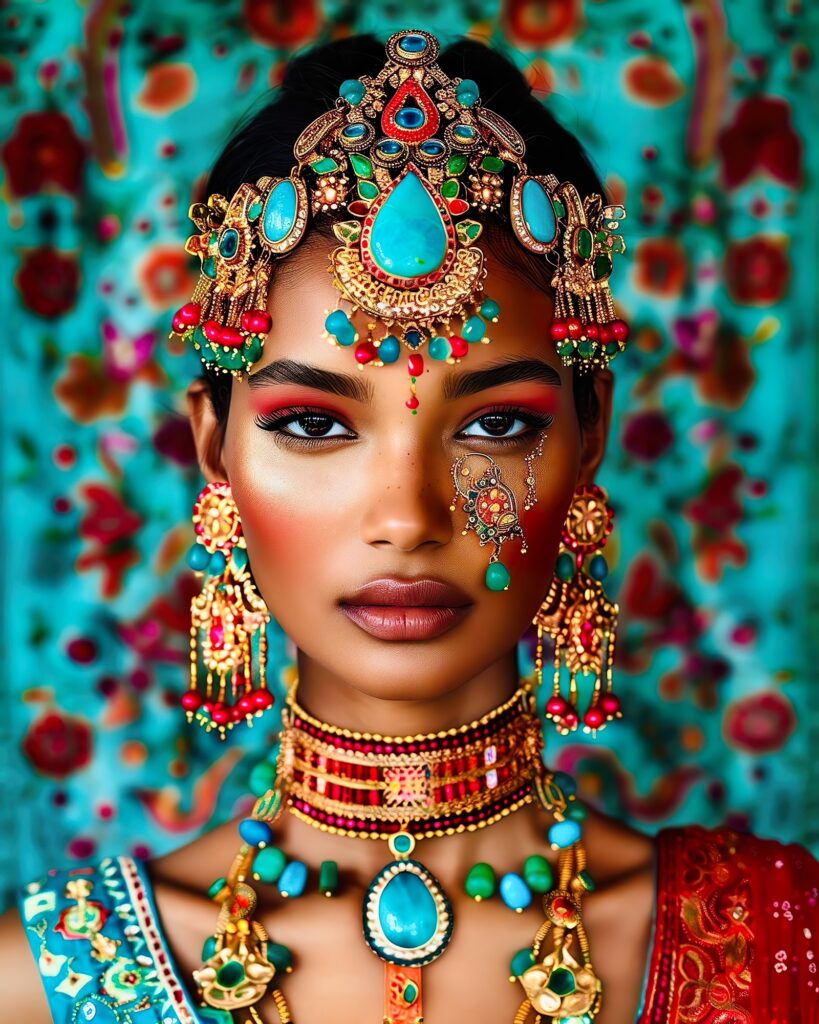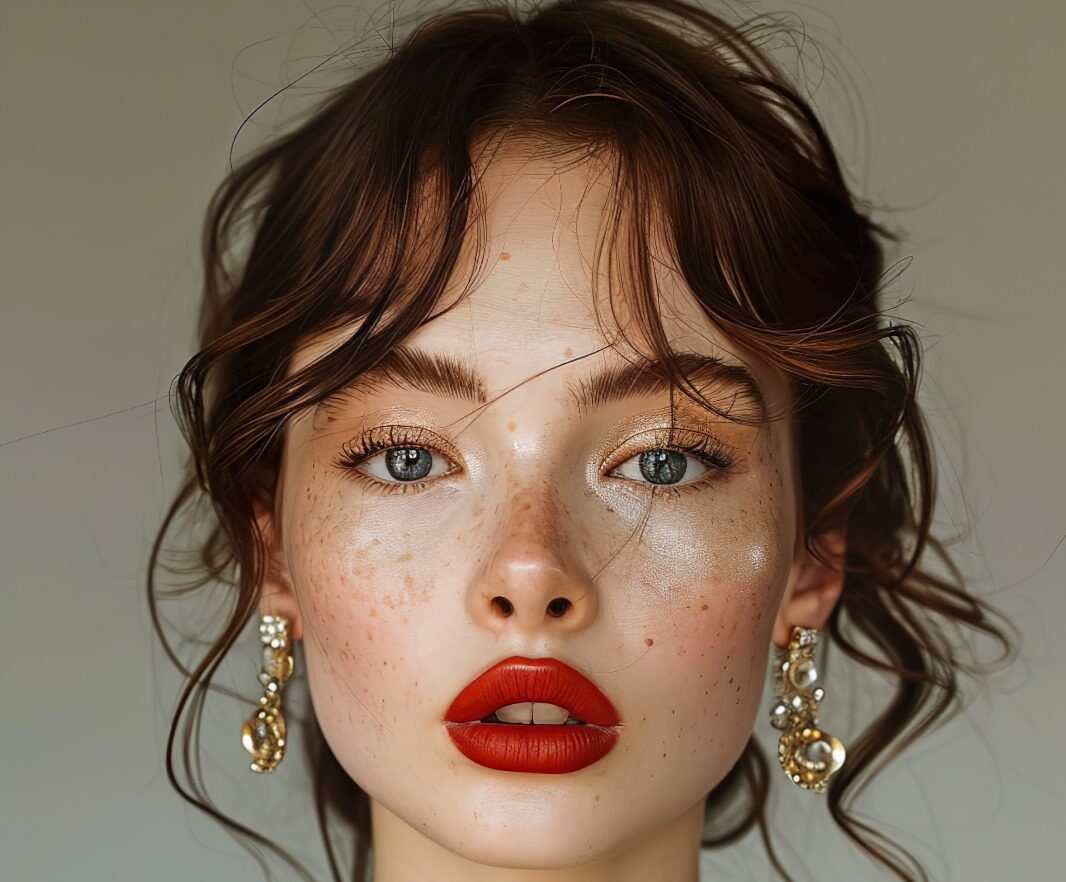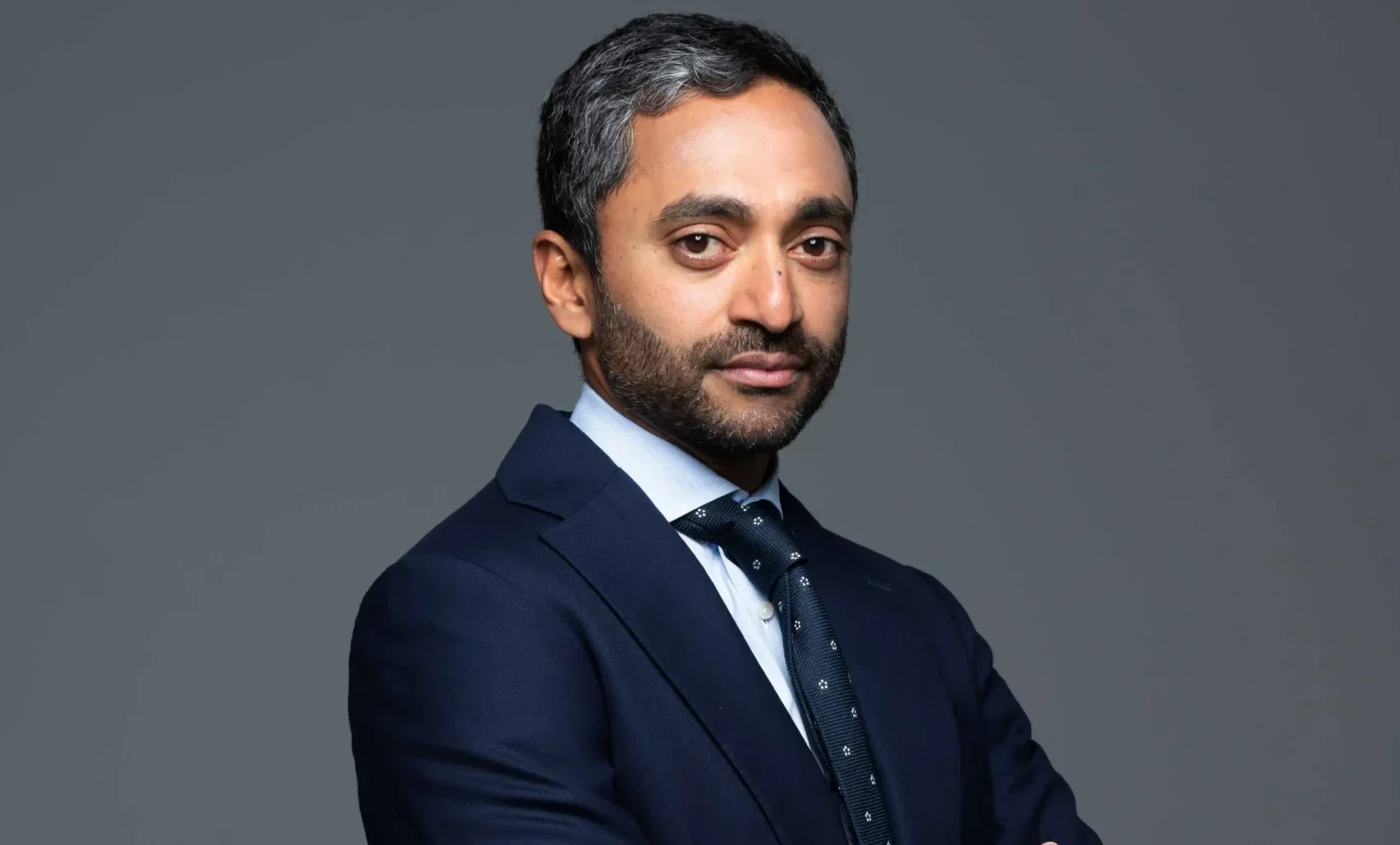Exploring the Intersection of Art and AI An Interview with
Salomé Castro
By Siwar Ben Abdelghani

In the realm where art meets technology, few creatives have embraced the potential of AI as seamlessly as Salomé. With a background as an art director and a penchant for experimentation, Salomé has delved into the world of AI-driven design, pushing the boundaries of traditional artistic expression. In this exclusive interview, Salomé shares insights into her creative process, the influence of her background, and the transformative impact of AI on the fashion industry.
Salomé begins by highlighting how AI has revolutionized her approach to art creation. By leveraging AI in her creative process, she can experiment with a vast array of visual styles and techniques on an unprecedented scale. This collaboration between human intuition and machine-generated suggestions results in innovative and visually stunning artwork, challenging the conventions of traditional artistic expression.
As an art director, Salomé emphasizes the importance of narrative, composition, and visual harmony in her work. This background ensures that AI serves as an extension of her creative vision, rather than dictating the direction of the artwork. By guiding the AI with her artistic sensibilities, Salomé maintains cohesion and alignment with her intended aesthetic.
AI technology has significantly enhanced Salomé’s ability to experiment with different styles and palettes. Rapid prototyping and iteration allow her to visualize countless variations in a short amount of time, pushing the boundaries of conventional color theory and style blending.
Salomé discusses how AI is poised to transform the fashion industry, offering designers tools for creating intricate and personalized designs, predicting trends, and streamlining the design process from conception to production.
While AI introduces automation into the design process, Salomé advocates for its role as a complement to traditional craftsmanship rather than a replacement. By utilizing AI as a tool, designers can enhance their craftsmanship and explore new creative avenues while maintaining the human touch in their designs.
Salomé emphasizes the importance of viewing traditional artistry and cutting-edge technology as complementary forces. By letting the concept dictate the balance between the two, she ensures that technology enhances and expands upon traditional methods where it adds value and depth to the narrative.
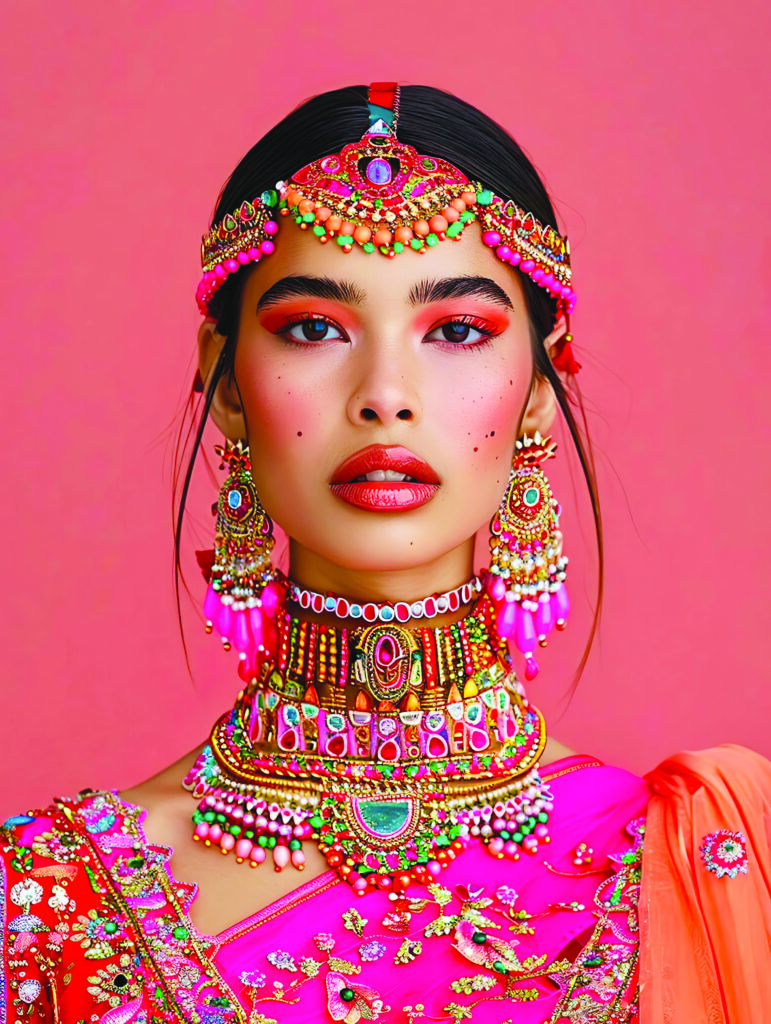

Salomé provides insight into her workflow for creating AI-generated fashion designs, from conceptualization to digital modeling or traditional fabrication methods, depending on the project.
AI can enhance collaborative efforts among designers and artists by serving as a common ground for rapid prototyping and sharing ideas. AI-powered platforms facilitate real-time collaboration, breaking down geographical barriers and fostering innovation.
Salomé discusses the importance of being vigilant about data usage and ensuring the originality of AI-generated designs to navigate copyright and intellectual property considerations successfully.
For aspiring designers interested in integrating AI into their creative practice, Salomé advises familiarizing themselves with AI basics, starting with small projects, embracing experimentation, and focusing on developing a unique style that blends artistic vision with AI capabilities. In conclusion, Salomé’s journey exemplifies the transformative power of AI in art and design, showcasing how technology can amplify creativity while preserving the essence of human expression. As she continues to push the boundaries of AI-driven design, Salomé inspires aspiring designers to embrace innovation and explore the endless possibilities at the intersection of art and technology.
“In the realm where art meets technology, Salomé Castro seamlessly embodies the potential of AI. With a background as an art director and a penchant for experimentation, she pushes the boundaries of traditional artistic expression, embracing the transformative power of AI to amplify creativity while preserving the essence of human expression.”
